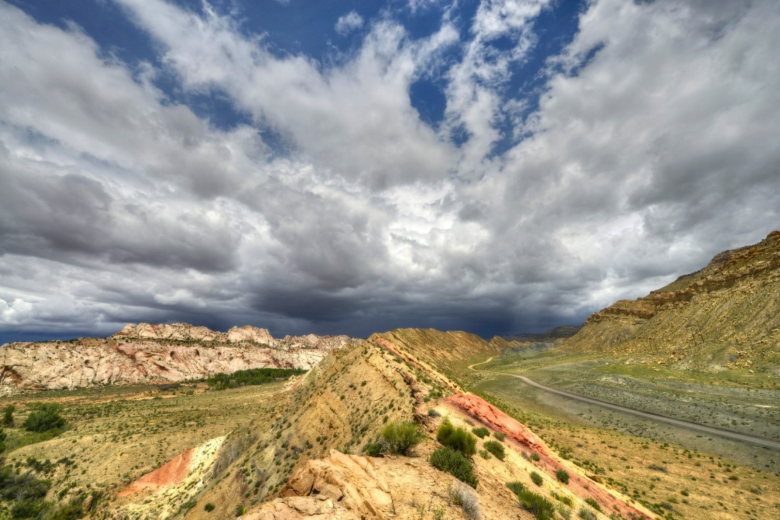BLM releases Grand Staircase-Escalante National Monument proposed management plan
Organization:
BLM Office:
Media Contact:

KANAB, Utah — Today, the Bureau of Land Management released its proposed plan for managing nearly 1.87 million acres of public lands within the Grand Staircase-Escalante National Monument (GSENM). The Proposed Resource Management Plan (RMP) and Final Environmental Impact Statement (EIS) incorporate two years of consultation with Tribal Nations and outreach with state and local governments, the public, and other stakeholders.
The proposed plan provides a comprehensive framework for management actions, focusing on protecting monument objects amid rising visitation levels. It analyzes impacts on air, water, and wildlife habitat, while safeguarding priceless cultural, geological, and paleontological resources and ensuring the continuation of traditional uses of religious or cultural sites within the monument’s boundaries. BLM is also working with Tribal Nations to develop a Tribal Co-Stewardship plan for the monument.
“This is the culmination of a process involving numerous Tribes, state and local agencies, and stakeholders that will benefit many generations to come,” said BLM Utah State Director Greg Sheehan. "The proposed plan will help us meet our goal of protecting the Monument’s historic and scientific objects through responsible management.”
The Monument spans five life zones, from low-lying desert to coniferous forest. It includes lands home to the Ancestral Puebloan and Fremont people, who were experts at farming the rugged land and built granaries to store what they grew. Their descendants, including people from the Hopi Tribe, Navajo Nation, Paiute Indian Tribe of Utah, Ute Indian Tribe, Ute Mountain Ute Tribe, and Zuni Tribe of the Zuni Reservation, have strong ties to this land today, leaving behind rock art panels, occupation sites, campsites, and granaries.
Reaching further back in time, fossil excavations in the Monument have yielded more information about ecosystem change at the end of the Mesozoic era, known as the age of dinosaurs, than any other place in the world. The Monument’s size, resources, and remote character provide extraordinary opportunities for geologists, paleontologists, archeologists, historians, and biologists in scientific research, education, and exploration. This unspoiled natural area also provides countless opportunities for quiet recreation and solitude.
The Proposed RMP and Final EIS refine the BLM’s preferred alternative (Alternative C) based on public comments and input from various entities. It emphasizes maintaining intact and resilient landscapes through four management areas—front country, passage, outback, and primitive—to manage visitation and allowable uses while protecting GSENM cultural, religious, historic, and paleontological sites and artifacts.
A Notice of Availability will publish in tomorrow’s Federal Register to open a 60-day review by the Governor of Utah for consistency with state and local plans, policies, and programs and a concurrent 30-day protest period, which closes Sept. 30, 2024. Additional information, including planning documents and maps, are available at the BLM National NEPA Register. Instructions for filing a protest are available at the BLM Filing a Plan Protest website.
For additional information, please contact Scott Whitesides at 801-539-4054.
The BLM manages about 245 million acres of public land located primarily in 12 western states, including Alaska, on behalf of the American people. The BLM also administers 700 million acres of sub-surface mineral estate throughout the nation. Our mission is to sustain the health, diversity, and productivity of America’s public lands for the use and enjoyment of present and future generations.
